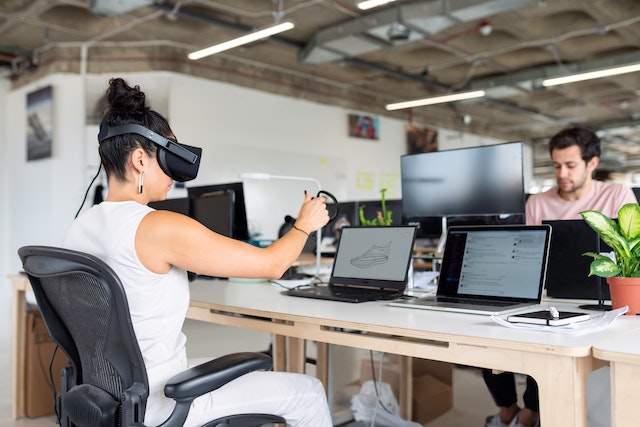There is no doubt that the AR/VR industry is growing each year with how much spatial computing in the form of computer-generated reality we’re including in our daily lives. Spatial computing is growing exponentially, with devices like Elbit’s Everysight, Lumus’ Z-Lens, and VRpilot having been created in recent years. In fact, it is estimated that about 1.4 billion devices (mainly mobile) will be able to use AR to some capacity.
Spatial computing is affecting the way we learn, work, play, and maintain good health. At least 49% of consumers want to add AR into their gaming experience while 28% want to have it in their shopping experience. The technology can make collaboration and communication possible no matter where employees might be in the world, improve the gaming experience, help the learning experience be more engaging, and make healthcare more accessible for everyone.
Spatial computing has a lot of potential, so how is the technology currently being utilized? The increasing use of near-to-eye displays means technology such as AR glasses are replacing various functionalities of smartphones. AR glasses use reflective waveguides to gain better battery life and greater brightness over smartphones we have today. If spatial computing continues to advance, we can expect even bigger changes with how we experience the everyday world in the near future.





